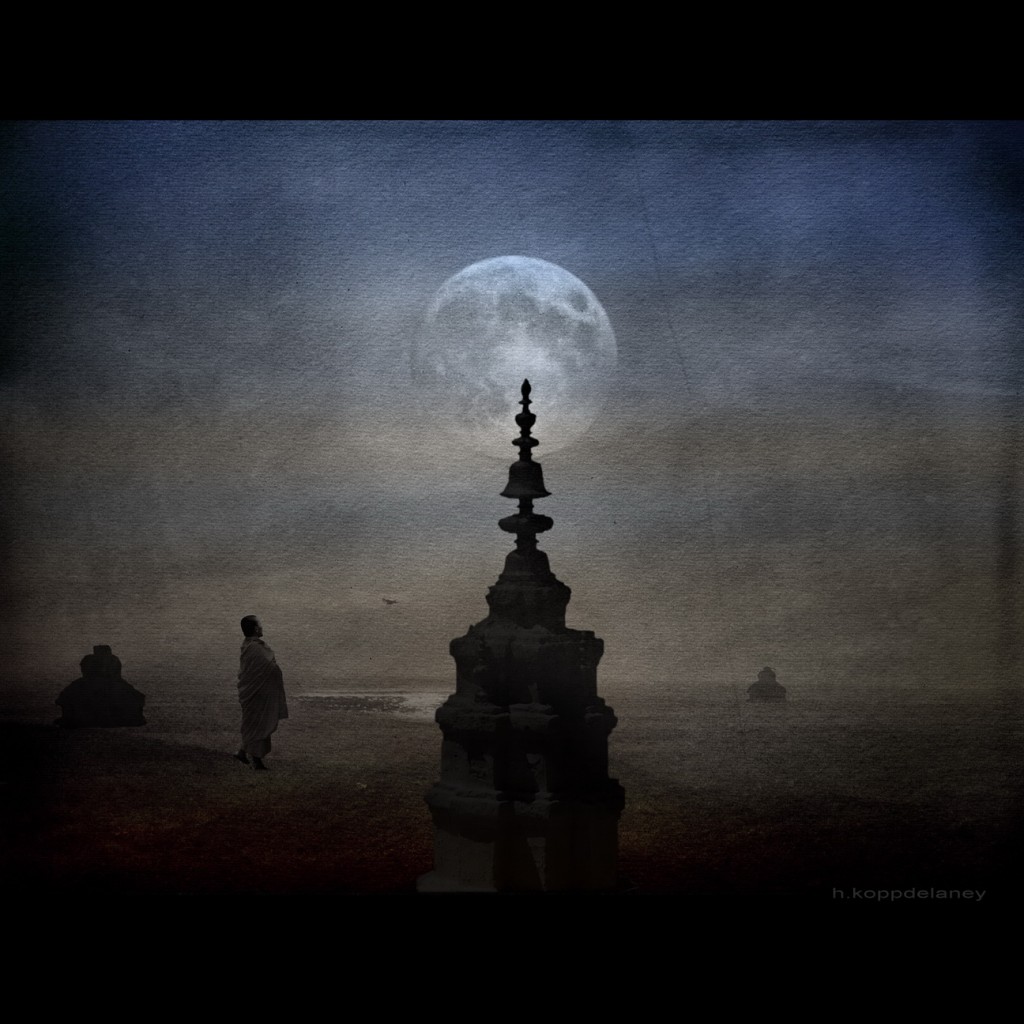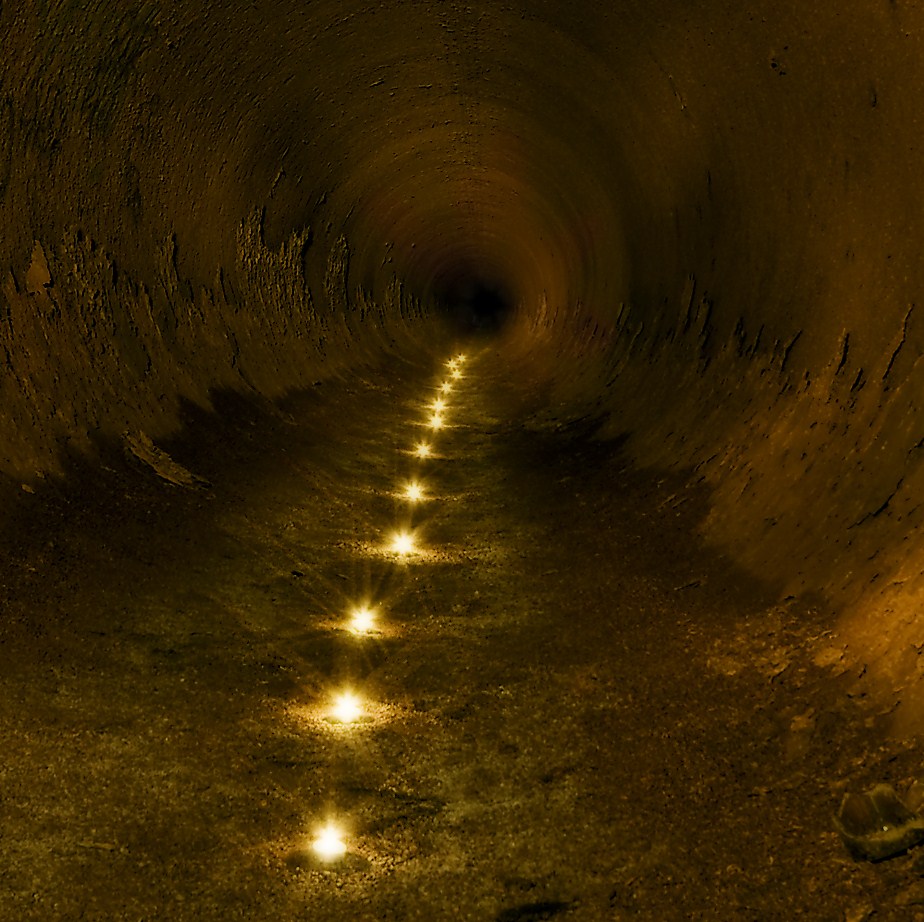 Nothing is entirely trustworthy. Friends are inconstant; presidents and professors are making it up; your grandmother didn’t always know what she was talking about; your very senses can fool you; and one of these fine days even the sun will blow up. Where is the touchstone, the standard, the fundamental reference frame? Where is the truth in which you can believe and by which everything can be judged? Astronomers have the next best thing. They call it the standard candle.
Nothing is entirely trustworthy. Friends are inconstant; presidents and professors are making it up; your grandmother didn’t always know what she was talking about; your very senses can fool you; and one of these fine days even the sun will blow up. Where is the touchstone, the standard, the fundamental reference frame? Where is the truth in which you can believe and by which everything can be judged? Astronomers have the next best thing. They call it the standard candle.
 A standard candle is any one of a number of astronomical objects whose brightness is standard. Actually, “brightness” is the wrong word there; brightness means how much of its light we see. The right word is “luminosity,” which means how much light it truly, intrinsically has. The two aren’t the same because, as you know, objects dim with distance. And astronomers know exactly by how much: an object of a given luminosity – a standard candle — dims as the distance is squared. If Standard Candle Claire is a hundredth as bright as Standard Candle Hilda, then Standard Candle Claire is reliably ten times more distant. So those ingenious astronomers compare brightness to luminosity and get distance. Distances based on standard candles have been used to find wonders: the galaxies are arranged in a lacy network, the universe expands, it’s just under 14 billion years old, and cosmologically recently, it’s begun to speed up. A lot of astronomy depends on standard candles being standard.
A standard candle is any one of a number of astronomical objects whose brightness is standard. Actually, “brightness” is the wrong word there; brightness means how much of its light we see. The right word is “luminosity,” which means how much light it truly, intrinsically has. The two aren’t the same because, as you know, objects dim with distance. And astronomers know exactly by how much: an object of a given luminosity – a standard candle — dims as the distance is squared. If Standard Candle Claire is a hundredth as bright as Standard Candle Hilda, then Standard Candle Claire is reliably ten times more distant. So those ingenious astronomers compare brightness to luminosity and get distance. Distances based on standard candles have been used to find wonders: the galaxies are arranged in a lacy network, the universe expands, it’s just under 14 billion years old, and cosmologically recently, it’s begun to speed up. A lot of astronomy depends on standard candles being standard.
And of course they’re not. Even without knowing any astronomy, you can see any number of problems. The universe has a lot of stuff like gas and dust in it, who knows how much, which makes the distant standard candles look dimmer than they are. Or maybe standard candles change with time. Or maybe astronomers don’t understand a standard candle’s physics and therefore its luminosity all that well. And you’d be right: depending on the kind of standard candle, their standardness varies from “very” through “moderate” to “lousy.” So far, nothing measurable seems to be absolute and unvarying.
So as we do with presidents, professors, and grandmothers, astronomers do with standard candles: adjust and interpret and filter and calibrate. For astronomers, the payoff for adjusting to imperfection is knowing the arrangement and general behavior of the universe. So what the heck, who needs an absolute standard — calibrated imperfection is good enough to go on.
By the way, the minute I typed “touchstone” above, I thought, “what does that mean?” Since the 6th century BC, it’s meant a black, fine rock which, when rubbed by a piece of gold, shows a streak of a color particular to gold and nothing else. That is, a touchstone is a way of knowing when something is true gold. I’m not dead sure that this doesn’t undermine my case about standard candles, but as I said, what the heck. So never mind and thank you very much, another science metaphor for free.
Credits: moon: h.koppdelaney; candles in tunnel: Pro-Zak
Astronomic poetry, as always.
Awww, Tim. Thank you.
Of course, we particle physicists are used to the principle of uncertainty. But sometimes you need a gold standard.
The touchstone has its problems too, if that’s any comfort. Since all it does is give you a colour, a human interpreter has to be able to identify that colour correctly. People who are really good at this, of whom presumably there used to be more when gold was still a common exchange medium, could supposedly tell alloys of gold from each other to remarkable degrees of adulteration; but this was still an expertise that had to be learned and must, to an extent, have been subjective. Ultimately, the only sure way to determine what’s true gold is to assay by fire, i. e. melt it and see what comes off at the correct temperature.
Sorry to be so late replying — we have an ongoing insoluble technical issue with getting comments in a timely manner, i.e., not my fault. Neverthless. I’m delighted to hear that touchstones don’t undermine my doctrine of imperfection. And you give a more pleasant meaning to “trial by fire.” Thank you — this is interesting.